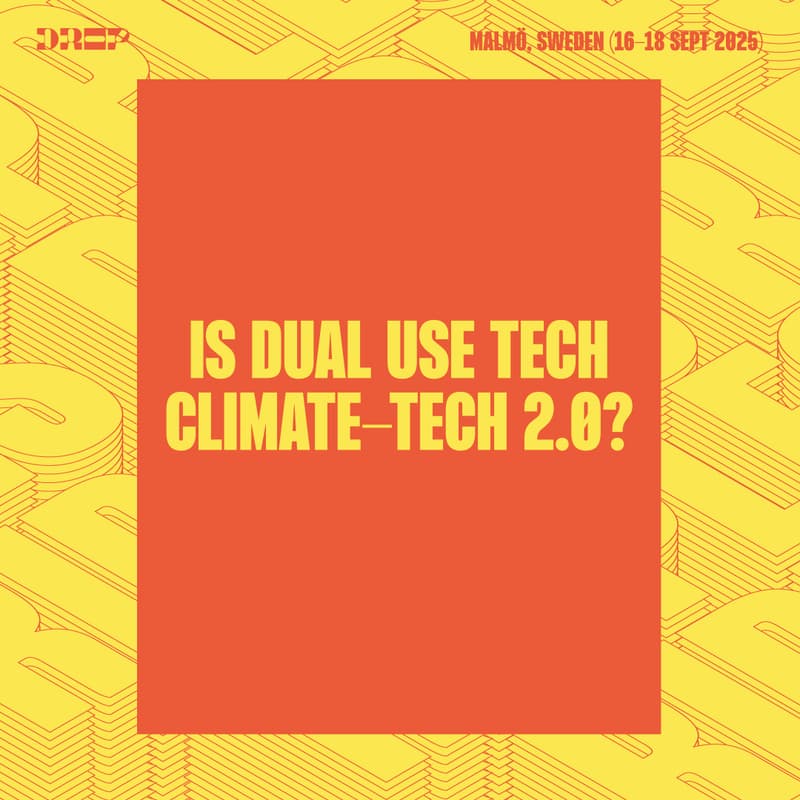

Is Dual Use tech Climate-tech 2.0?
Ripple Hosts
Austin Wood
SET Ventures
Chloe Fu
Sandwater
TL;DR
This panel explores the dual-use overlap between climate tech and defense. Technologies originally built for sustainability (e.g. grid monitoring, microgrids, robotics, space tech, sensing) are now gaining traction in national security. This creates both opportunity and tension for founders, investors, and policymakers.
Topic overview
Why is the topic relevant?
Up until recently, terms like energy decentralization and system resilience primarily alluded to the climate and energy transition. Today, they’ve become central themes in geopolitics and national security as well. Many technologies originally built for sustainability — from grid/infrastructure monitoring and microgrids, to robotics and remote sensing — are now finding new, commercially-attractive applications in defense.
For climate-focused funds and founders, this raises real questions: when technologies sit in the grey area of “dual-use,” how do you decide whether to lean in or step back? What does this mean for funds with exclusionary mandates, for founders navigating early defense demand, and for policymakers balancing climate with security?
This panel will explore the edge cases of dual-use — the sectors where climate and defense collide — and how investors, founders, and policymakers can responsibly navigate them.
What’s up for discussion?
Which climate technologies are attracting interest based on their relevance to national security?
Where is the line for climate tech investors and founders? Let’s examine three sectors as examples:
Fiber Optic Sensing and Monitoring tech
Space Tech, Drones & GIS/Mapping
Robotics & Autonomy
Who is better positioned? Climate tech companies with secondary use cases in defense or defense companies with secondary use cases in climate?
How should climate funds set their stance on dual-use?
Opportunistic approaches vs. explicit exclusion
Balancing commercial opportunities with reputational and regulatory risks
How Article 8/9 and LP expectations constrain or guide these decisions
To what extent should the geopolitical backdrop shape startup and investor strategy? Will resilience be the next climate-tech bubble?
Dream outcome
A shared understanding that for climate tech to scale, it must evolve — and for some sectors, dual-use resilience applications could be the next step. By surfacing the edge cases, we can help founders and investors navigate them responsibly, define their stance, and unlock new pathways: from funding sources to public customers to renewed relevance. If attendees leave with a clearer sense of how to approach dual-use without losing mission alignment, the panel has succeeded.
Who should attend?
Founders in energy, grid, sensing, robotics, space tech or other sectors exposed to dual-use demand.
Investors wrestling with how to balance Article 9 or other exclusionary mandates, LP expectations, and market pull.
Policy makers at the intersection of energy/climate and security.
Anyone who believes long-term and widespread climate impact depends on systems we can rely on:resilient, secure, and sustainable